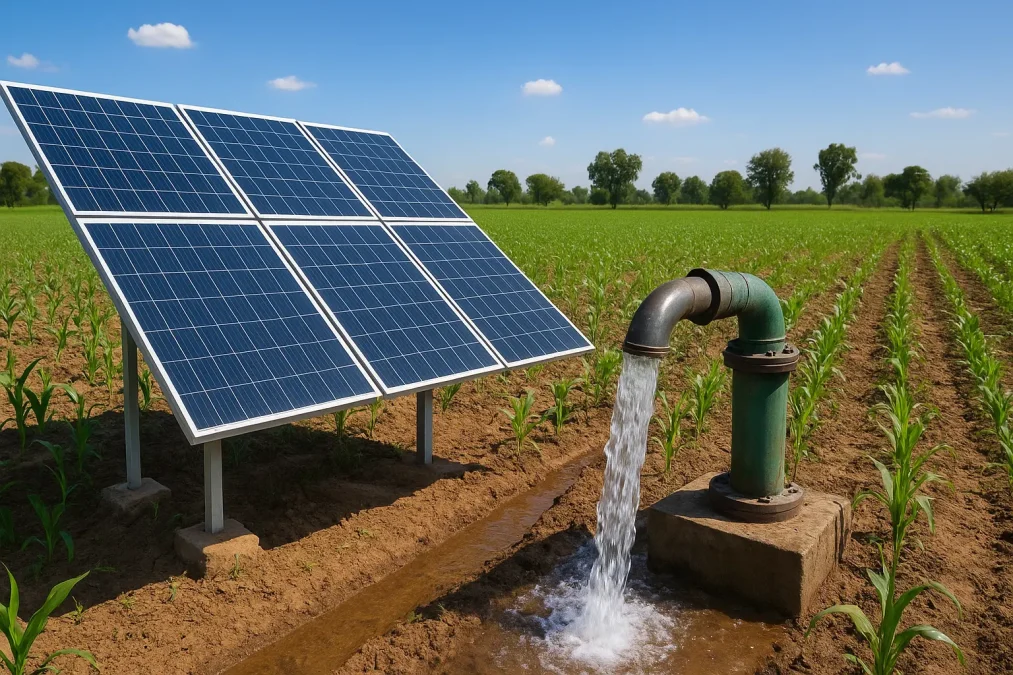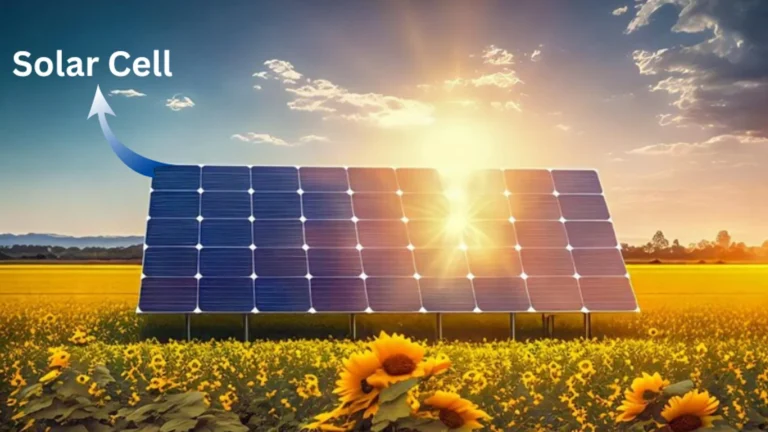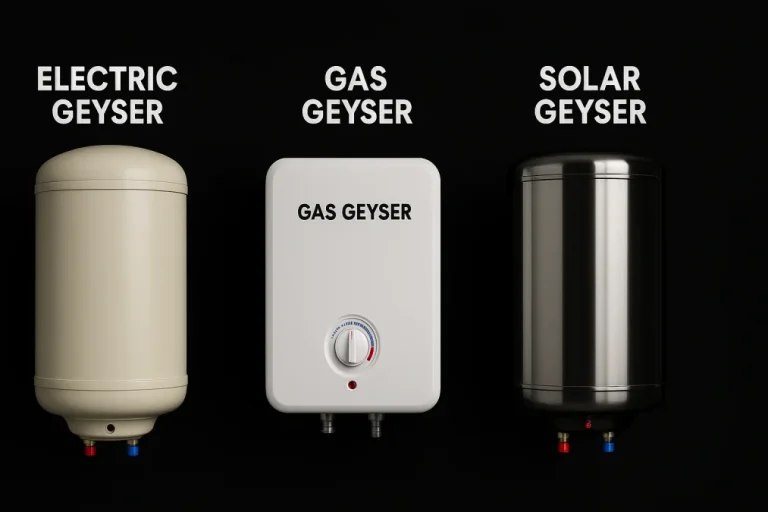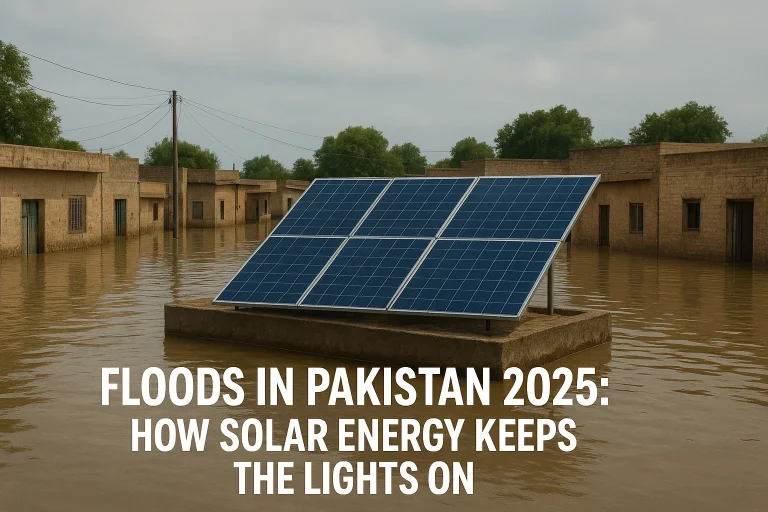Solar Agri Tubewells – Complete Overview
Agriculture is the backbone of Pakistan’s economy, and the growing use of solar agri tubewells is helping strengthen it. The farming sector contributes significantly to GDP, employs a large portion of the rural population, and provides food security. One of the major costs in irrigated agriculture is the use of tubewells that pump groundwater for irrigation. Historically, these tubewells have been powered either by diesel engines or by grid electricity. However:
Given these factors, shifting to renewable-powered irrigation, especially solar agri tubewells, presents a compelling opportunity: lower operating costs, improved reliability, reduced dependence on fuel imports, and a greener footprint. In short, for agriculture to remain viable and competitive, innovation in irrigation energy is essential.
The high cost of diesel for tubewell irrigation
To illustrate the challenge: several reports indicate how costly it is today to run tubewells on diesel, compared to switching to solar.
Hence, from a purely cost-of-production perspective, making the switch to solar irrigation is not just “nice to have”; it is increasingly becoming a necessity for agricultural sustainability and competitiveness in Pakistan.
Solar Agri Tubewells in Pakistan – Factors & Prices
The cost of solar agri tubewells in Pakistan depends on several factors, mainly the pump capacity, depth of the bore, water requirement, and quality of solar components. Farmers can choose from small systems designed for limited acreage to larger setups for commercial farming.
In general, the price of a complete solar agri tubewells system (including solar panels, inverter, motor, and installation) ranges between Rs. 900,000 to Rs. 2,500,000 in most parts of Pakistan. Smaller setups for 5–7.5 HP pumps may start around Rs. 900,000 to Rs. 1.3 million, while medium-sized systems for 10–15 HP pumps usually fall between Rs. 1.5 million to Rs. 2 million. High-capacity systems for deep wells or large-scale irrigation can exceed Rs. 2.5 million, depending on water table depth and power demand.
These prices can fluctuate based on:
Although the initial investment is high, the operating cost becomes almost zero, as the system runs on free sunlight. Within a few years, most farmers recover the cost through savings on diesel or electricity bills.
CM Solarisation Program for Agri Tubewells – Overview
The CM Solarisation Program for Agri Tubewells is one of the most important steps taken by the Punjab government to support farmers and promote renewable energy in agriculture. The main goal of this initiative is to reduce the burden of high diesel and electricity costs that farmers face while running their irrigation tubewells.
Under this program, the provincial government plans to convert thousands of agricultural tubewells to solar energy, allowing farmers to use free and clean power from the sun instead of paying heavy fuel bills. This not only helps in lowering the overall cost of crop production but also makes farming more sustainable in the long run. The scheme mainly focuses on small and medium-scale farmers, who are most affected by rising input costs. By installing solar systems on their existing solar agri tubewells, farmers can irrigate their fields without worrying about fuel shortages, load-shedding, or high utility bills. The government also ensures that quality solar equipment and proper installation are provided, so the systems run efficiently for many years.
Apart from the financial relief, this Solarisation drive also brings environmental benefits, reducing the use of fossil fuels, lowering carbon emissions, and promoting clean energy adoption across rural Punjab. The shift to solar-powered irrigation directly contributes to energy security and agricultural stability, helping Pakistan move toward a more self-reliant and eco-friendly future.
Overall, the CM Solarisation Program reflects the vision of modernising Punjab’s agriculture through sustainable technology. It aims to empower farmers, strengthen food security, and encourage renewable energy at the grassroots level, turning sunlight into a source of prosperity for Pakistan’s farming community.
What farmers need to check & plan (Solar Agri Tubewells)
Conclusion – Solar Agri Tubewells
The use of solar agri tubewells in Pakistan has become a smart and sustainable solution for farmers struggling with rising diesel prices and irregular electricity supply. By shifting to solar energy, they can irrigate their crops at a much lower cost while reducing dependence on fossil fuels. Solar agri tubewells not only help farmers save money but also contribute to environmental protection by minimising carbon emissions.
This technology is proving essential for improving agricultural productivity, especially in remote rural areas where power access is limited. The Government of Pakistan is also encouraging farmers through solarisation programs and subsidies, helping them adopt renewable energy for long-term benefits. With such efforts and growing awareness, solar agri tubewells are paving the way toward a greener, more energy-secure, and economically stable agricultural future for the country.





